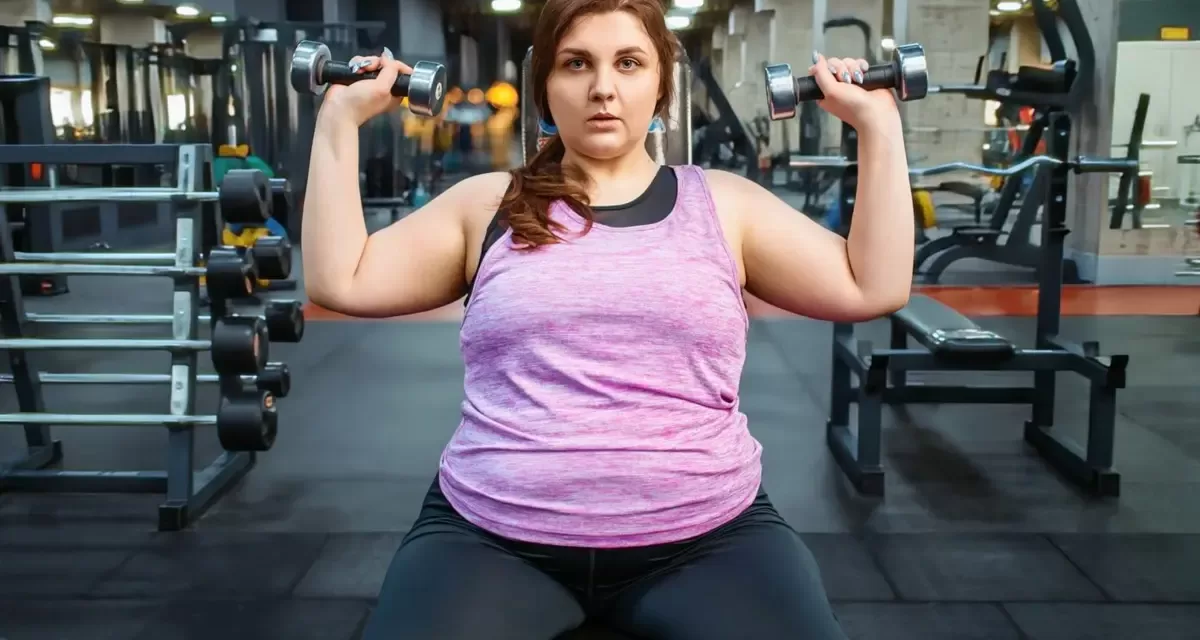The modern gym experience for women is far from straightforward. A new study reveals that, beyond simply showing up to exercise, women face numerous challenges that can hinder their ability to maintain consistent workout routines and fully benefit from physical activity.
Regular exercise is known to improve both physical and mental health. Women, in particular, experience significant advantages, including lower mortality rates and reduced risk of cardiovascular disease. However, despite these benefits, women remain less active than men, even as their gym memberships continue to rise. Understanding the factors behind this disparity is crucial for creating more inclusive fitness spaces.
Social Pressures and Gym Spaces
The study, conducted by Emma Cowley from the SHE Research Centre at TUS, Ireland, and Jekaterina Schneider from the University of the West of England, surveyed 279 women, with 84% of respondents being current gym-goers. The research uncovered persistent struggles among women to feel comfortable in gym environments. Many reported feeling judged based on their appearance and performance, often leading to feelings of inadequacy and self-doubt.
For many women, the gym environment is not only a place to work out but also a space where they are under constant scrutiny. The study found that women often feel pressured to conform to unrealistic fitness ideals while also navigating the challenge of being taken seriously in gym spaces, which are often dominated by men.
Women Fighting for Space
Women frequently find themselves battling for space within the gym. Whether it’s waiting for gym equipment or trying to prove their competence in weightlifting areas traditionally occupied by men, the feeling of competition is evident. Some women also reported experiencing harassment or unsolicited advice from male gym-goers, which further contributes to a gym culture that may make it harder for women to focus on their workouts.
Despite these challenges, many women resist these gendered expectations and find empowerment in skill development. Working out in supportive environments that encourage their fitness goals rather than judge them can lead to greater confidence and improved workout consistency.
The Role of Gym Attire in Confidence
Another key aspect highlighted by the study is the role of gym attire in shaping women’s experiences. While many women prioritize comfort and functionality in their clothing choices, social pressures and fear of judgment often impact their decisions. Some worry about wearing non-branded attire, fearing it might make them stand out negatively. Others feel that stylish or coordinated outfits might make them appear as if they are trying too hard.
The study shows that, for some women, clothing choices are not just about practicality but are used to conceal perceived imperfections or minimize the visibility of sweat stains. While gym attire can boost confidence for some, for others, it becomes an additional source of pressure.
Expanding Research for Inclusivity
While the study provides important insights, it acknowledges limitations in the sample. Most participants were white, heterosexual, able-bodied, and lived in economically developed countries. This narrow representation means that the experiences of women from diverse racial, ethnic, socioeconomic backgrounds, and those with disabilities, are not fully captured.
The researchers call for more inclusive research that considers a broader range of women’s experiences, especially those from marginalized groups. Understanding these diverse perspectives is key to creating policies and practices that support all women in fitness environments.
Redefining Gym Culture
The study also reveals a shift in fitness ideals. While the pressure to be ultra-thin has decreased, there is now a growing emphasis on muscularity and athleticism. This shift, however, presents its own set of unrealistic expectations, leaving women feeling caught between being judged as “too much” or “not enough.”
As the researchers note, “In the gym, just like in other areas of life, women often feel stuck between being seen as ‘too much’ and ‘not enough’, dealing with judgment about how they look, how they perform, and even how much space they take up.”
Creating an Inclusive Gym Culture
To address these issues, the study advocates for a gym culture that promotes health, strength, and personal well-being over aesthetics. By shifting the focus away from appearance-based goals and fostering respectful interactions among gym-goers, gyms can become more inclusive spaces for women.
Inclusive policies, designated workout areas, and a culture that promotes body positivity and self-acceptance are essential steps toward creating a more welcoming environment for all women.
The research, published in PLOS One, offers important insights into the challenges women face in gym environments. By continuing to challenge traditional fitness standards and embracing a more individualized approach to exercise, gyms can help women feel more confident, supported, and empowered in their fitness journeys.
Disclaimer
This study was conducted with a sample that may not fully represent the diverse experiences of all women in gym environments. Future research should seek to include a broader range of participants, particularly those from different racial, ethnic, and socioeconomic backgrounds, as well as those with disabilities.












